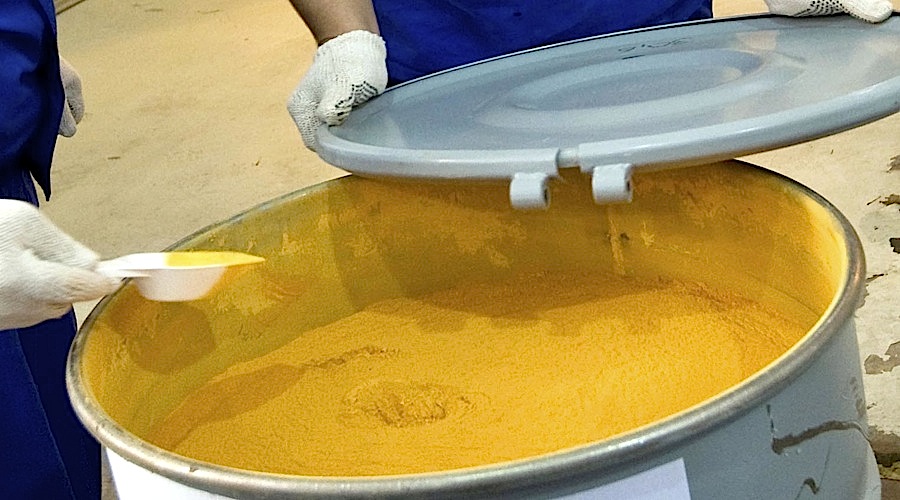
The body representing the mining industry in Canada’s Nova Scotia province is calling on governments and companies to do a better job of managing project developments, so exposure to radon and uranium can be reduced.
Radon is a naturally-occurring gas produced by radioactive decay of uranium, and it is found in measurable quantities in all rocks and soils in Nova Scotia.
Radon is a naturally-occurring gas produced by radioactive decay of uranium that can cause lung cancer and is responsible for killing more than 3,200 Canadians each year.
The element, which can cause lung cancer, is responsible for killing more than 3,200 Canadians each year, a number that amounts to more deaths annually than vehicle collisions, house fires, carbon monoxide poisoning and drownings combined, according to Health Canada.
“Radon causes an estimated 114 lung cancer deaths in Nova Scotia each year,” said Sean Kirby, Executive Director of the Mining Association of Nova Scotia (MANS). “We need to do a better job managing development so we reduce exposure to radon and to uranium in well water,” he said.
MANS estimates that 11% of Nova Scotians live in homes that exceed the indoor air radon guideline, compared to the national average of 7%.
For Kirby, counting with a proper and updated geophysical survey would help identify areas with elevated uranium levels, aiding governments better-manage this public health risk.
The association presented in October a proposal — called Minerals Play Fairway— for $19.5 million in government funding for airborne geophysical surveys to help find future mines and quarries and improve the understanding of the province’s geology.
“Those surveys would increase our knowledge of uranium occurrences and potential sources of radon gas, and thereby help protect Nova Scotians from this serious public health risk,” Kirby said.
Minerals Play Fairway would also help find other potential geohazards such as sinkholes, and help find and manage underground water sources, the executive noted.